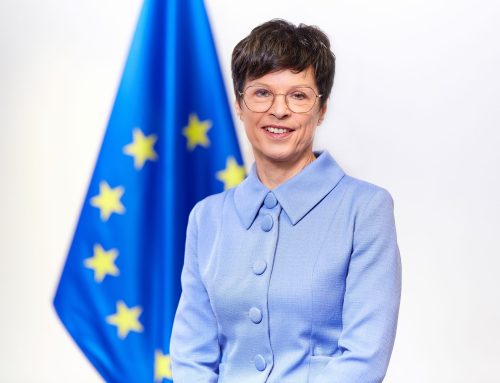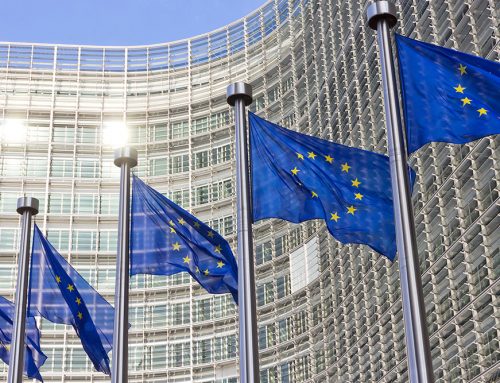New bankote will be more colourful than its predecessor and is designed to have a more easily recognisable figure 10. It also contains extra security features on both sides to make life harder for counterfeiters.
The European Central Bank (ECB) will start circulating a new 10-euro banknote from 23 September, ECB board member Yves Mersch told press on Monday (13 January).
It will be more colourful than its predecessor and is designed to have a more easily recognisable figure 10. It also contains extra security features on both sides to make life harder for counterfeiters.
“It certainly resembles the 10 euro notes you have in your pockets, with its [images of] distinctive Romanesque architecture. However, perhaps it will have more of a visual impact, as the images are larger and more defined, the colours are stronger and the bridge has added depth,” Mersch said.
The ECB last year launched a new five-euro bill which features a hologram of Europa, a mythological princess symbolising the origins of Europe.
The new 10 euro bill is the second in the “Europa” series.
“The five euro and 10 euro notes are not always treated kindly. By protecting them better, we can prolong their service life and reduce their environmental impact,” Mersch added.
Introduced in 2002, the euro was first used in 12 countries, but is now the common currency of 18 states and 334 million people.
“Twelve years after the euro banknotes and coins were introduced, it’s easy for us to take them for granted and to forget what an ambitious, even bold, project it was to introduce the euro. The single currency has helped to bring millions of Europeans together, in all our diversity,” Mersch said.
With around 15 billion banknotes in circulation worth over €900 billion, the euro is “broadly comparable” to the total value of available US dollar bills, he noted.
Asked by a German journalist if the ECB is considering withdrawing the €500 note, which is seldom used in day-to-day life, but which attracts forgers,
Mersch replied: “It’s also being said that criminals like big German cars. This is still no reason to forbid the production of such cars.”
He added: “We [have] repeatedly explained to the European Parliament why we are keeping the €500 note and will continue to do so.”


